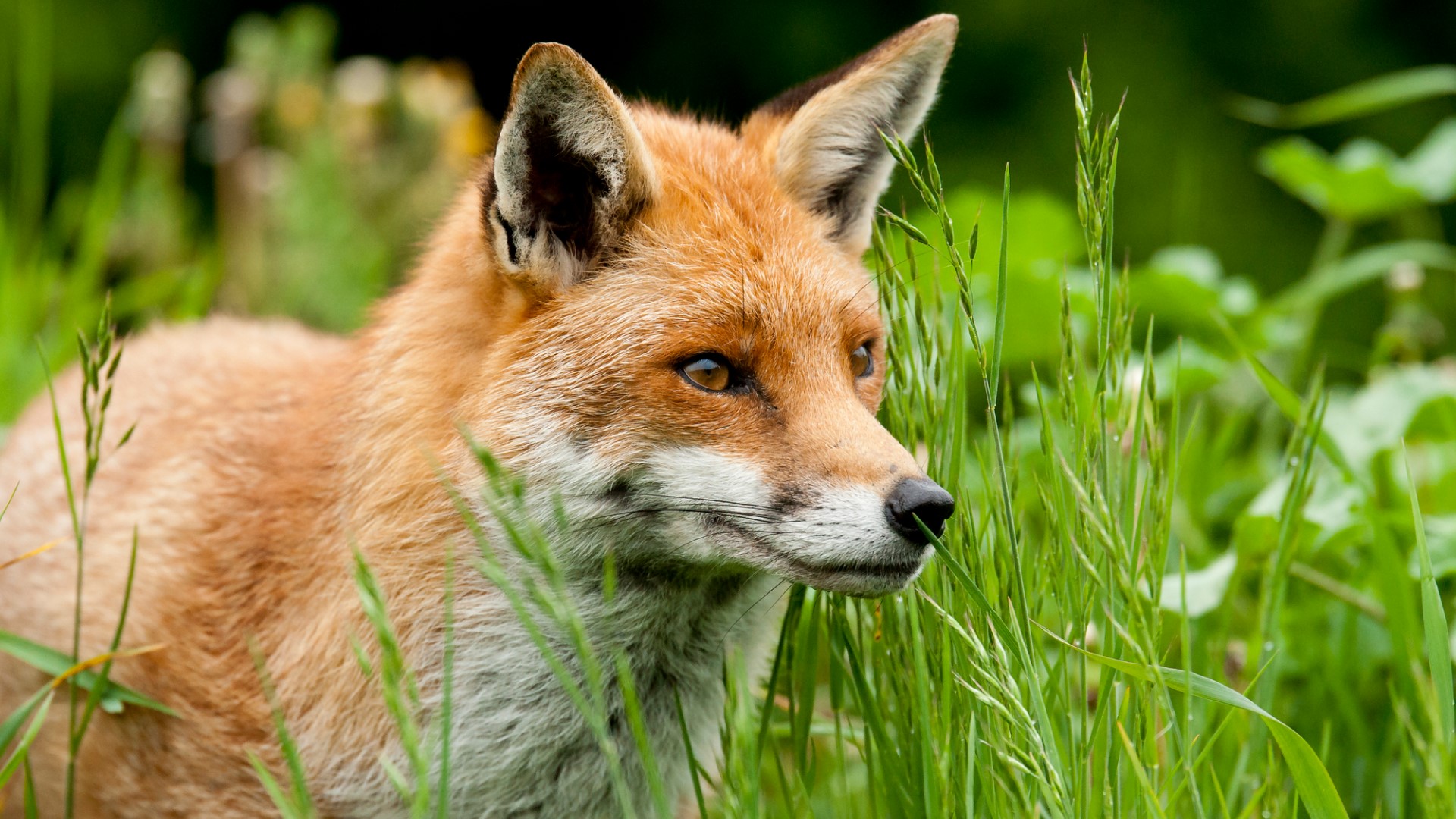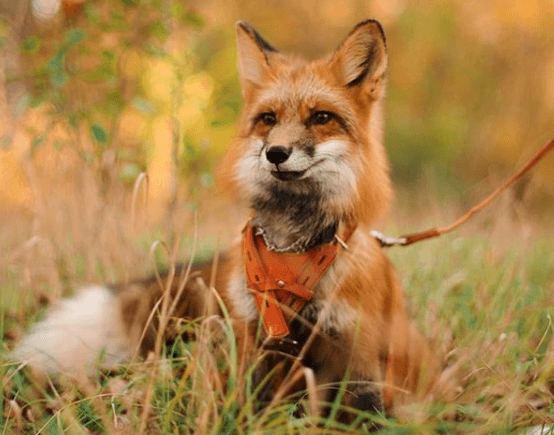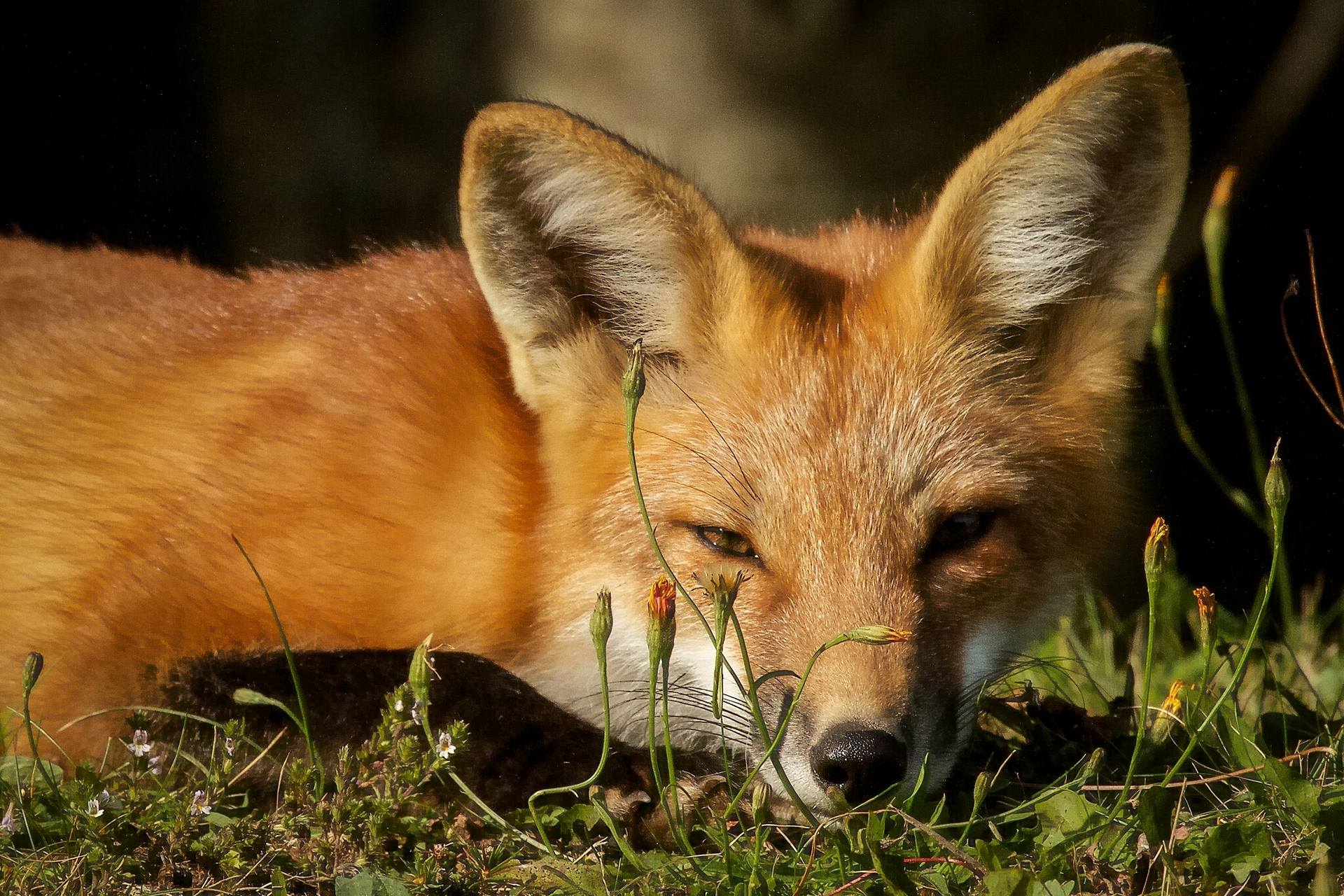Foxes, with their bushy tails and strikingly beautiful coats, have long captured the human imagination. These intelligent and adaptable creatures are found in diverse habitats across the globe, from the icy tundras of the Arctic to the bustling streets of urban areas. Let’s delve into the fascinating world of foxes, exploring their behavior, adaptability, and the unique charm that makes them one of nature’s most charismatic predators.

The World of Foxes
Foxes belong to the family Canidae, which includes dogs, wolves, and coyotes. Among the numerous species, the red fox (Vulpes vulpes) is the most widely recognized and widespread. Other notable species include the Arctic fox, known for its stunning white winter coat, and the fennec fox, famous for its large ears and desert-dwelling lifestyle.

Crafty Hunters
Foxes are renowned for their cunning hunting strategies. They are omnivores, with a diet that includes small mammals, birds, insects, fruits, and even garbage in urban settings. This dietary flexibility is one of the keys to their success in a variety of environments.
One of the most fascinating aspects of a fox’s hunting technique is its use of the “mousing leap.” This involves leaping high into the air and pouncing on prey hidden beneath the snow or ground cover. Studies suggest that foxes may use the Earth’s magnetic field to help pinpoint the exact location of their prey, a testament to their incredible adaptability and sensory capabilities.

Adaptability and Survival
Foxes are masters of adaptation. In rural areas, they are often seen prowling forests, grasslands, and farmlands. In urban environments, foxes have learned to thrive by exploiting new food sources and denning opportunities. They are commonly found in cities across Europe, North America, and even Japan, often seen scavenging in parks, backyards, and suburban neighborhoods.
Their ability to adapt to urban settings has led to a unique relationship with humans. While some view urban foxes as pests, others appreciate their role in controlling rodent populations and enjoy occasional sightings of these elusive animals.

Social Behavior and Communication
Foxes exhibit a range of social behaviors and communication methods. They typically live in small family groups, often consisting of a pair and their offspring. Vocalizations play a crucial role in their communication, with a repertoire that includes barks, screams, and howls. These sounds help foxes establish territory, communicate with family members, and ward off potential threats.

Foxes also use body language and scent marking to communicate. Tail positions, ear movements, and facial expressions convey different messages to other foxes. Scent marking, using urine and feces, helps them establish territory and convey information about their reproductive status.

Conservation and Challenges
While foxes are generally resilient and adaptable, they face various challenges. Habitat loss, road traffic, and hunting pose significant threats in many regions. In some areas, fox populations are affected by diseases such as rabies and mange, which can cause severe health issues and impact population numbers.
Conservation efforts for foxes often focus on habitat preservation, humane conflict resolution, and disease management. Educating the public about the ecological role of foxes and promoting coexistence are crucial for their long-term survival, especially in urban areas where human-wildlife interactions are frequent.

The Charm of Foxes
Foxes hold a special place in human culture and folklore. They are often depicted as clever, mischievous characters in stories and myths worldwide. This cultural significance, combined with their undeniable charisma and beauty, makes foxes a beloved subject for nature enthusiasts, photographers, and storytellers alike.
Conclusion
Foxes are truly nature’s crafty and charismatic predators. Their adaptability, intelligence, and charm make them fascinating creatures worthy of admiration and respect. As we continue to learn more about these remarkable animals, it is essential to promote coexistence and conservation efforts to ensure that foxes remain a vibrant part of our natural and urban landscapes.
In celebrating the fox, we not only appreciate its role in the ecosystem but also embrace the wonder and diversity of the natural world. Whether glimpsed in a forest clearing or darting through a city street, the sight of a fox is a reminder of the beauty and complexity of wildlife that shares our planet.






